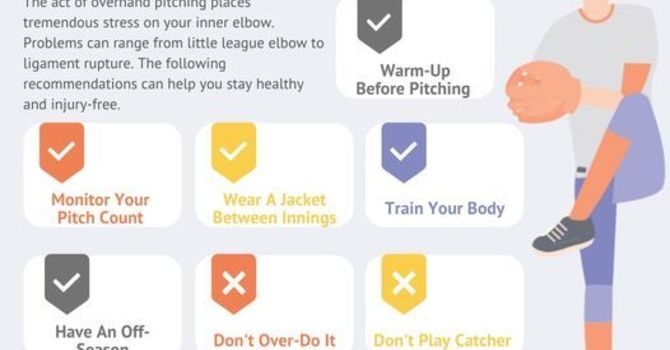Understanding Rotator Cuff Injuries
What Is The Rotator Cuff?
A group of four small muscles that keep your shoulder in its shallow socket while larger muscles move it is defined by the word "Rotator cuff". The most common cause of shoulder disorders is strains and fractures to the rotator cuff, accounting for 4.5 million hospital visits each year. Injuries are defined as' partial tears',' full-thickness tears' or' ruptures' by the amount of harm.
A "partial tear" indicates that you have partly frayed one side of your tendon. A "full-thickness tear" describes a hole or slit in your tendon, also called a "complete tear", much like what might be produced by running a knife down a rope lengthwise. The most severe injury is a "rupture" which means that your tendon has been broken into two parts.
Understanding Injuries In The Rotator Cuff
The consequence of an acute injury such as falling, pushing, dragging, throwing or lifting is less than 10 percent of rotator cuff tears. Repetitive strains over a long period of time are the product of the vast majority of injuries. Anything called "impingement" is one of the most common causes that patients experience a rotator cuff tear. Basically, impingement means that the region where your rotator cuff tendon resides has become too crowded and each time you lift your arm, the rotator cuff tendon is pinched.
At highest risk for impingement and rotator cuff tendon issues are those that conduct repetitive overhead tasks. This entails athletes playing baseball, basketball, tennis, rowing, weight training, swimming and archery, and carpentry, painting, wallpaper hanging, window cleaning, and car washing/waxing work. Other recognized risk factors include smoking, obesity, high cholesterol and previous injection of cortisone for rotator cuff problems.
Symptoms Of Rotator Cuff Injuries
A "tearing" or "snapping" feeling followed by intense pain and fatigue is frequently reported by patients who have sustained an acute rotator cuff injury. Most chronic strains begin quietly as the tear progresses, with symptoms becoming more apparent. Pain is often located on the front and outside of your shoulder, but can radiate down your arm often.
Usually, symptoms are exacerbated by overhead movement and can progress to the point that you have trouble raising your arm overhead. During the night, the pain is sometimes worse, particularly when you lie on your affected shoulder. If you are suffering from extreme neck pain, shortness of breath, chest pain or chest pressure, be sure to tell us.
Treating Rotator Cuff Injuries
Young patients who have undergone an acute tear or rupture can require surgery, while conservative therapies, such as the type given in this office, would benefit most others. Be sure to prevent uncomfortable overhead movement or large items from being held over your head. Try not to sleep, particularly with your arm stretched overhead, on your irritated side. You can try sleeping with a pillow between your arm and trunk on your unaffected side.


